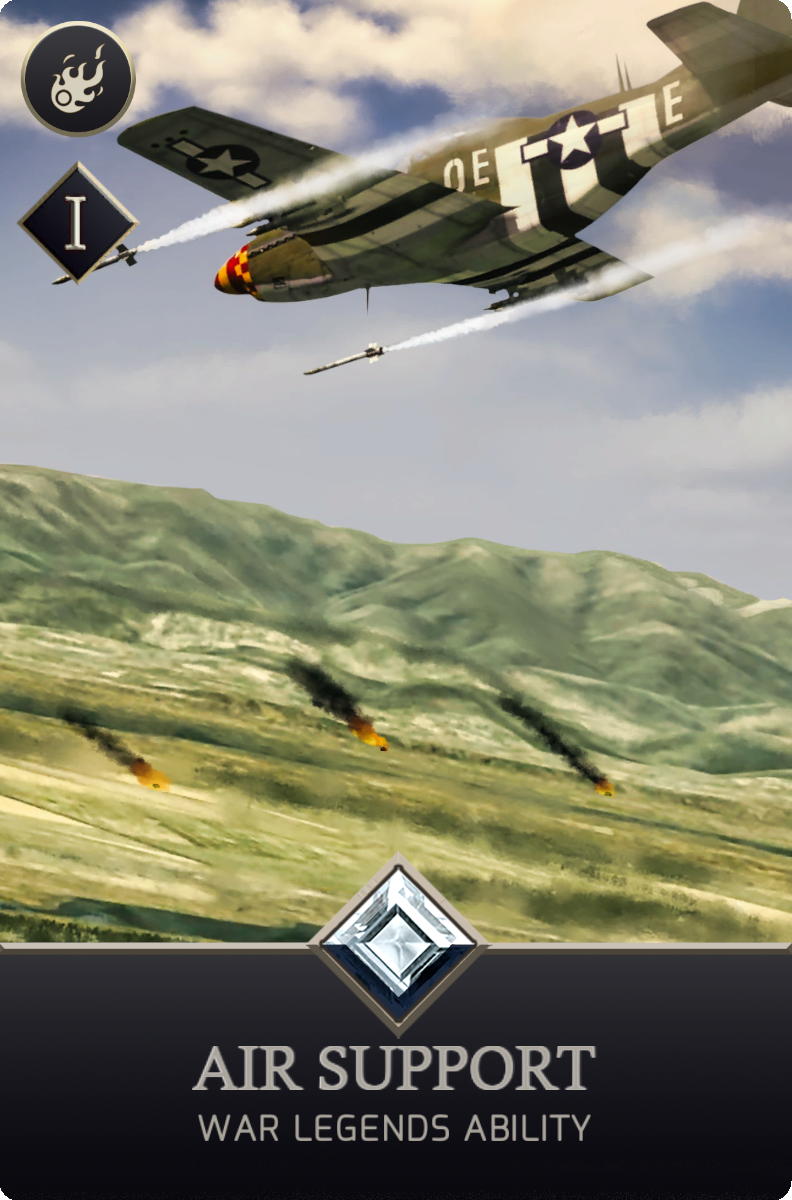


Ability Background
After the experiences acquired after the Spanish civil war, the German air force decided to create specialized units in close air support, with the intention of being able to support the army on certain occasions.
At that time, the procedures that would later be appropriate for this type of operation were not yet clear, although, with the invasion of Poland and later in France, the bases of the operation were established.
As the war progressed, the Germans began to use these strategies on a regular basis, particularly on the eastern front, where ground forces soon became accustomed to calling in air support when they encountered points of considerable resistance. The actions of the Ju-87 Stuka dive bombers were famous at this time.
In the early days of these tactics, there was quite a bit of conflict between the ground and air forces, which could lead to misunderstandings and friendly fire casualties.
On the other hand, on the Soviet side, and due to the subordination of the air force to the army, the results were more successful. Of note at this time, the use of the Ilyushin II-2 «Sturmovik»
It was already in the African campaign where the English established the most correct protocols for the use of air support, integrating a good base of radio communications between the planes and the ground troops, for which what is now known as Joint Air Control and the Joint Terminal Attack Controller (JTAC), specialized teams for communication with air support, and with very specific doctrines, to ensure success and avoid friendly casualties.








